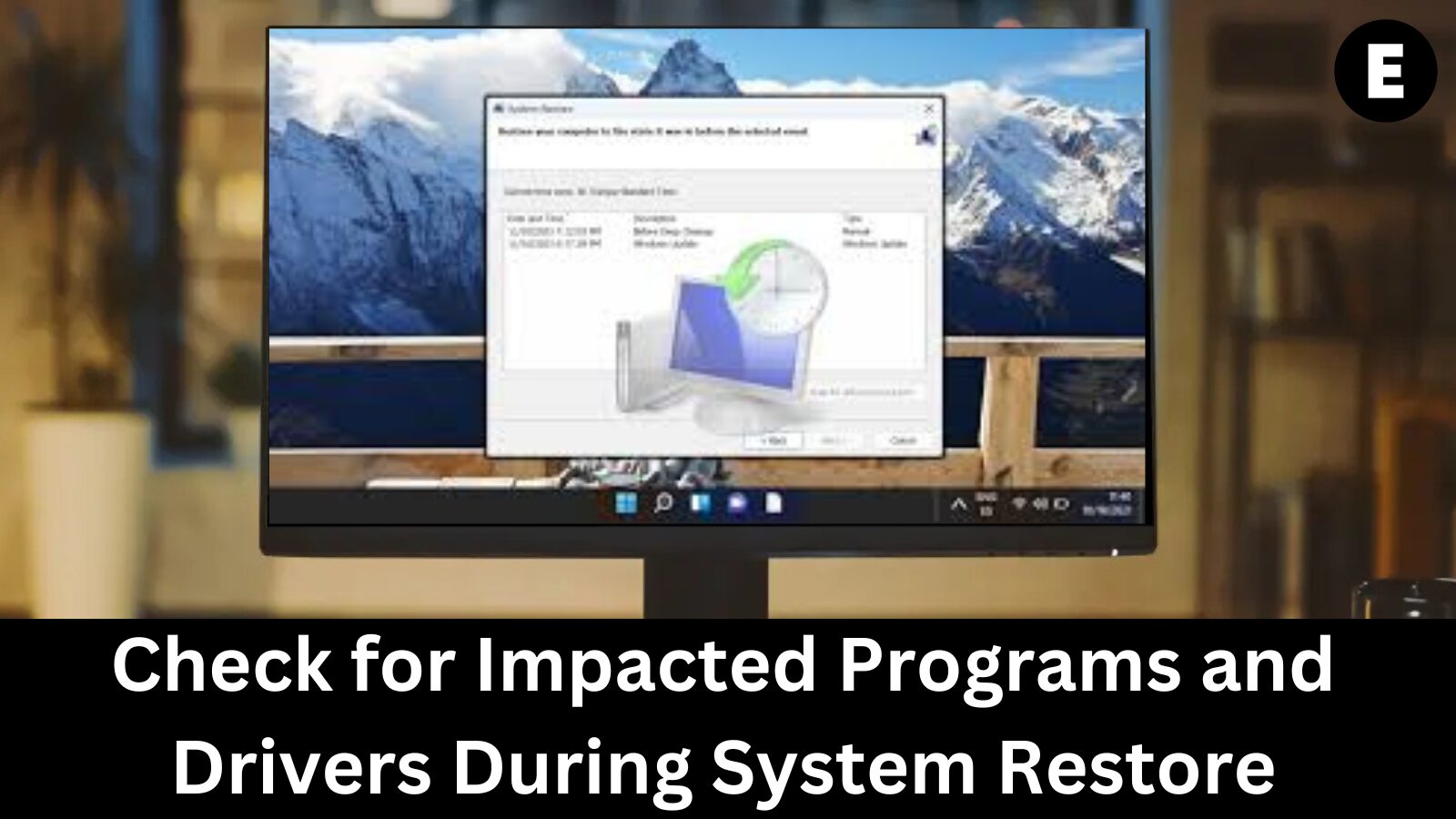If you’ve prepared for the worst, you likely created a System Restore point earlier. However, it was challenging to see which programs and drivers are impacted when you activate System Restore, making the restoration process more complicated. In this article, we’ll guide you on how to check for affected apps and drivers during the System Restore process, helping you restore your system more effectively.
What It Is and How It Works?
System Restore is essentially like traveling back in time — at least for your system. This feature in Windows allows you to restore your system to a previous state, potentially resolving issues caused by newly installed apps, malware, or even simple user errors.
While System Restore does not modify, delete, or move your personal files, it does impact critical areas of your computer. Below is a breakdown of what System Restore can and cannot do, based on Microsoft’s official description of this built-in feature:
| Affected by System Restore | Not Affected by System Restore |
|---|---|
| Installed Windows apps and programs | Antivirus software |
| System files | Documents folder in C: drive |
| Registry entries and settings | Personal files (emails, photos, etc.) |
| Desktop | Malfware located in personal files |
| Windows Updates |
How to Check for Affected Programs, Drivers, and Files After a System Restore
In the past, performing a System Restore meant you were uncertain about what programs and drivers might break or disappear. Now, with new features, you can easily check for affected programs and drivers, allowing you to focus on restoring specific items instead of wasting time trying to identify what was lost.
Here’s how to check for affected programs and drivers before restoring your system:
- Open the Start menu search or use the Ctrl + S keyboard shortcut to bring up the search field.
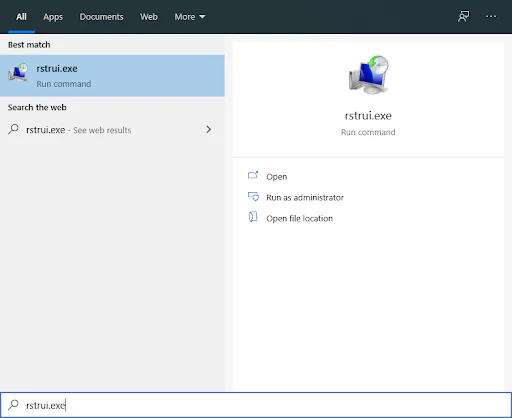
- Type in rstrui.exe and launch the System Restore tool. You should see a list of all your past restore points here.
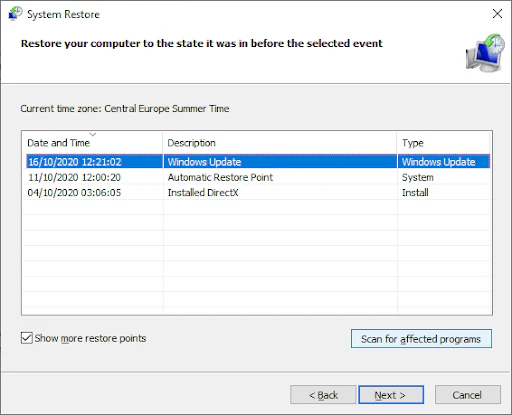
- Click on the “Choose a different restore point” option or select any available restore point to check the items it will affect.
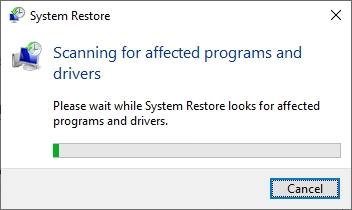
- Click on the Scan for affected programs button and let the scan complete. This will analyze all of your files, applications, and drivers, and show you what will be impacted if you revert to a past restore point.
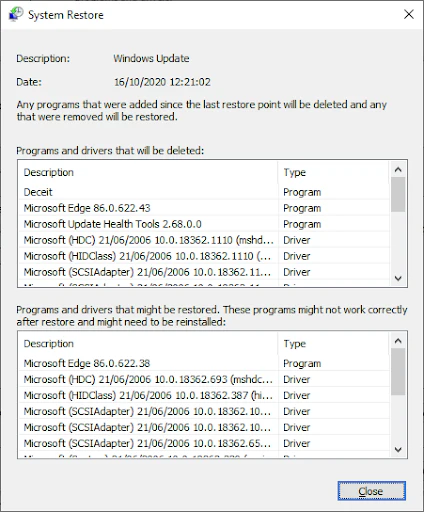
- Once the scan finishes, you’ll see a list of what will be affected or deleted, including which programs and drivers will be restored or removed.
With this information, you can make a more informed decision about whether to proceed with System Restore. Be sure to take note of the affected apps and drivers before proceeding. It’s also a good idea to prepare any necessary installers on a secondary device in advance.
Final Thoughts:
If you need any further assistance, don’t hesitate to reach out to our customer service team, available 24/7 to help you. For more articles related to productivity and modern-day technology, be sure to stay updated with our latest content.
Would you like to get exclusive promotions, deals, and discounts on our products? Subscribe to our newsletter to receive the best deals, technology news, and tips to enhance your productivity directly in your inbox!
One more thing
If you’re in search of a software company that embodies integrity and upholds honest business practices, your quest ends here at Ecomkeys.com. As a Microsoft Certified Partner, we prioritize the trust and satisfaction of our customers. Our commitment to delivering reliable software products is unwavering, and our dedication to your experience extends far beyond the point of sale. At Ecomkeys.com, we provide a comprehensive 360-degree support system that accompanies you throughout your software journey. Your trust is our foundation, and we’re here to ensure that every interaction with us is a positive and trustworthy one.

